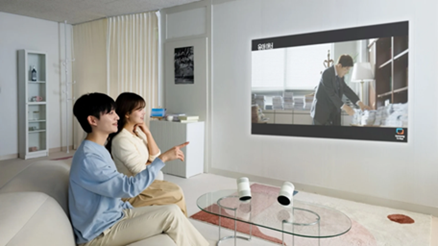Sony VPL-XW7000ES vs JVC DLA-NZ7: battle of the native 4K laser projectors
It's Sony vs JVC in the battle for 4K supremacy

Native resolution 3840 x 2160
Light source Laser
Claimed brightness 3200 lumens
HDR format support HDR10, HLG
HDMI inputs 2 (both HDMI 2.0)
4K@120Hz support? No
The Sony VPL-XW7000ES is a genuinely stunning performer that combines its exceptional brightness with sharpening, depth-enhancing processing that will knock your socks off.
Pros
- Brighter and has better contrast than the JVC
- Incredible three-dimensional depth
Cons
- Motion could be smoother
- Very expensive outside the UK
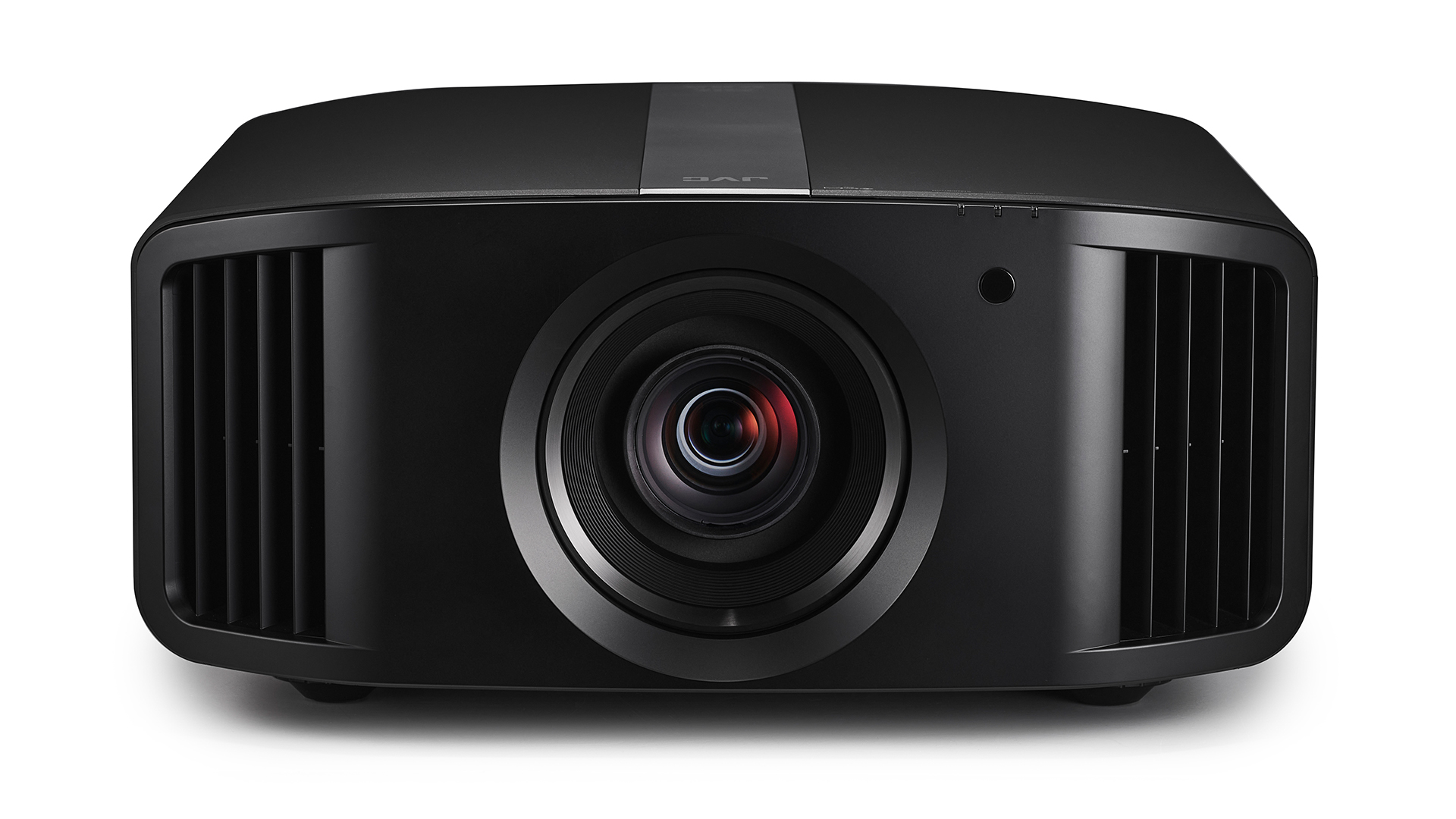
Native resolution 4096 x 2160
Light source Laser
Claimed brightness 2200 lumens
HDR format support HDR10, HDR10+, HLG
HDMI inputs 2 (both HDMI 2.1)
4K@120Hz support? Yes
The JVC DLA-N7 takes a more subtle and traditionally cinematic approach than its Sony rival, which makes it slightly less spectacular but arguably more authentic.
Pros
- Natural and considered image
- Smoother motion than the Sony
- 4K/120Hz support
Cons
- Not as punchy or bright as the Sony
Projectors are the heart of any home cinema setup, so choosing the right one is an important task. Thankfully, a wealth of options are available, all using different projection technologies and bulb types.
Top-end projectors, the category that the new Sony VPL-XW7000ES and JVC DLA-NZ7 fall into, now use laser light sources and Liquid Crystal on Silicon (LCoS) projection systems for unrivalled picture quality. Both include top-tier features and provide supreme home cinema, but one must be better than the other, right?
Price
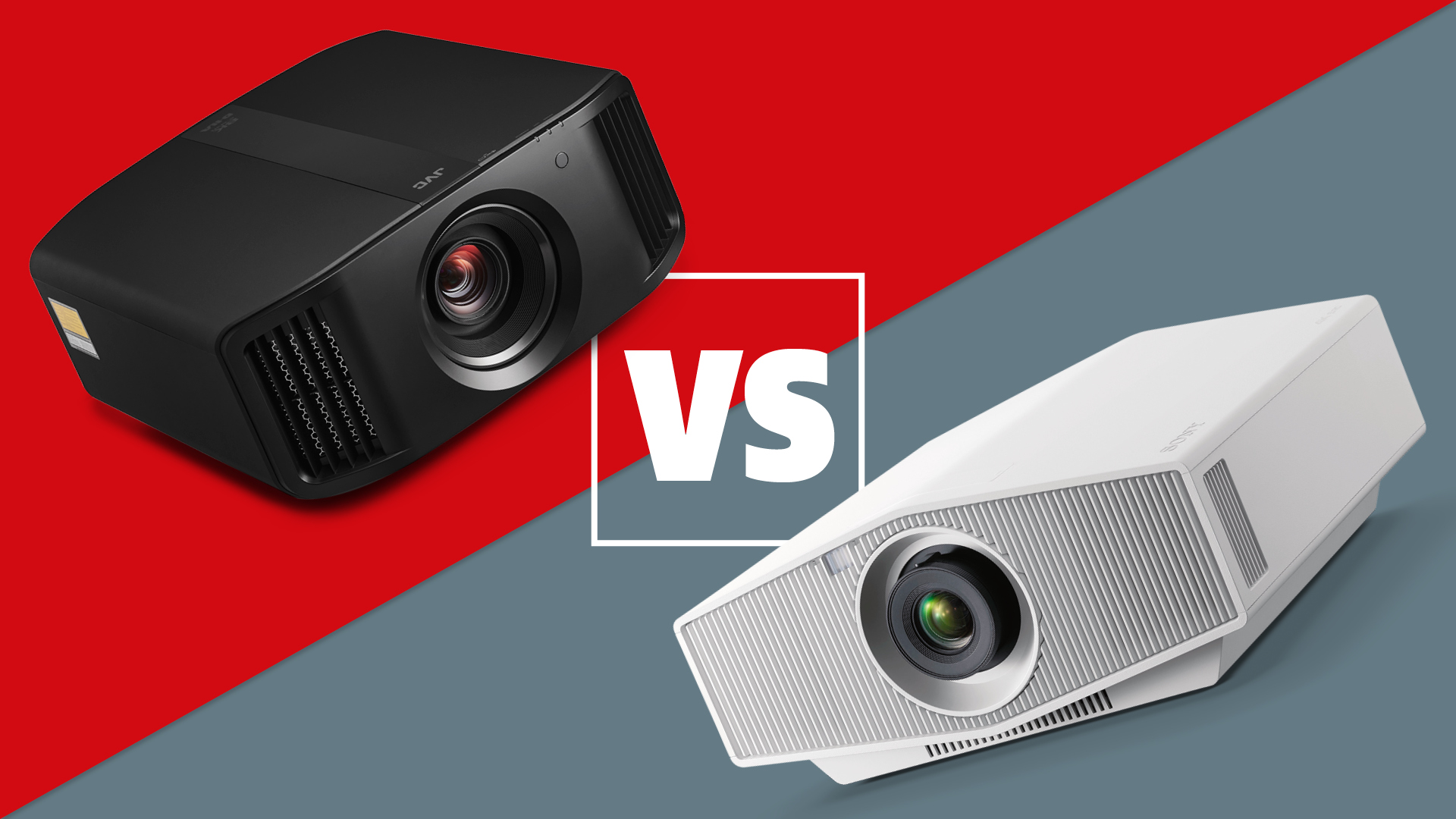
Despite both of these projectors having comparable specs, there is a difference in prices that may put one at an immediate advantage. However, it's immediately worth noting that neither of these projectors is cheap.
The JVC is the cheaper of the two models, coming in at £11,499 / $11,000 / AU$16,000. The Sony, on the other hand, costs a whopping £14,999 / $27,999 / AU$25,499 – that's a price difference of £3500 / $16,999 / AU$9499.
Clearly, there are some odd disparities here: while the two projectors are close enough on price in the UK to be considered in the same bracket, you could literally buy two of the JVCs for less than one Sony in the US, and the difference is almost as huge in Australia.
While the Sony may be slightly more feature rich and have a punchier picture (more on this later), the JVC has to take the price category for being the cheaper option, and vastly so outside the UK.
**Winner** JVC DLA-NZ7
The latest hi-fi, home cinema and tech news, reviews, buying advice and deals, direct to your inbox.
While the JVC certainly isn’t cheap, the Sony’s international pricing makes it an impossible option for some.
Design and build
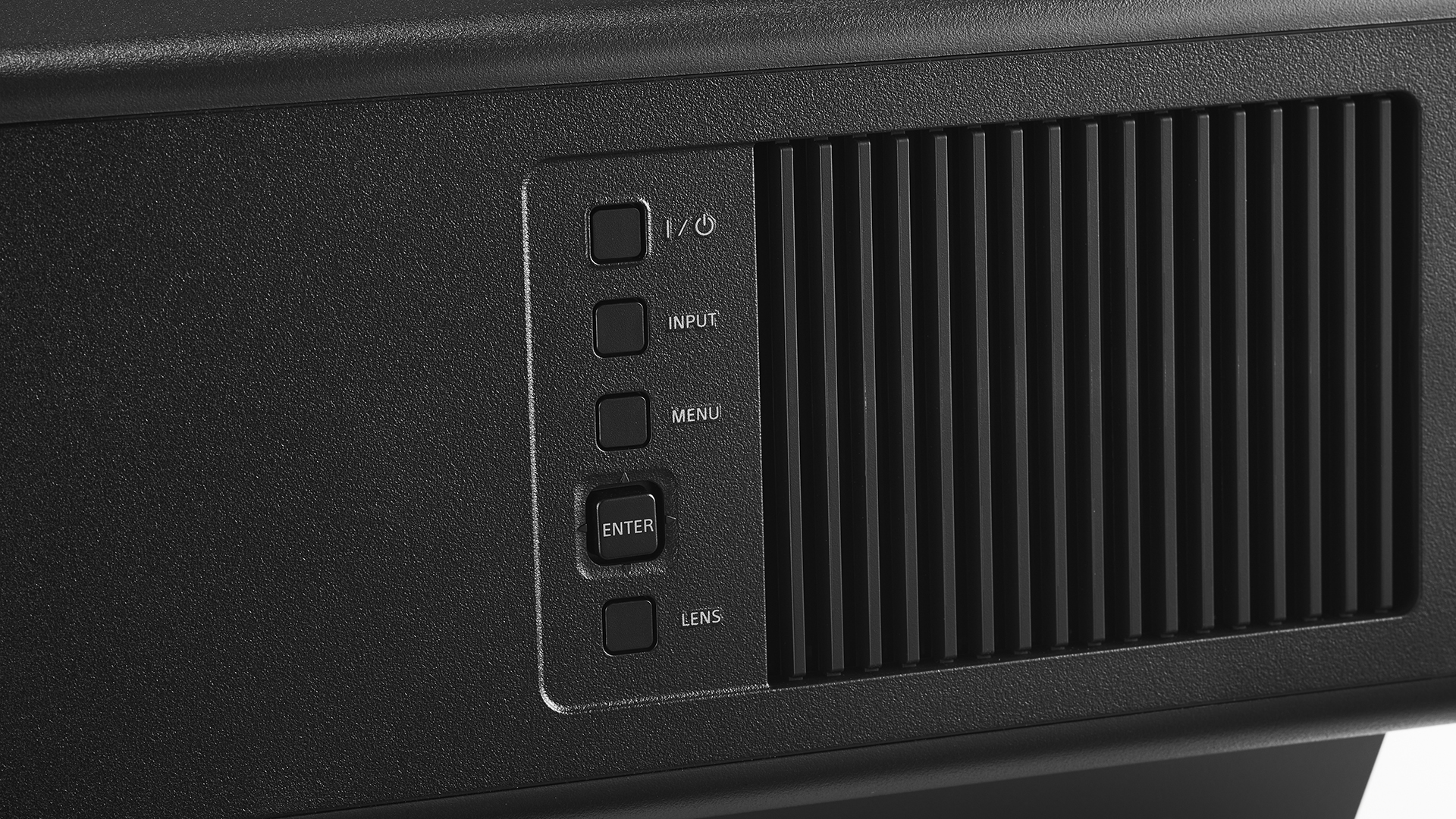
The design category is somewhat negligible here as both are big black boxes (there is actually a white version of the Sony) that will end up stuck on a mount or support and out of eye-line. Both are made of sturdy plastic that doesn’t raise concerns about quality or durability, however, both designs are nothing to particularly note.
The important factors of the build are the dimensions, as these will need to be mounted on a sturdy support. The Sony is the more svelte of the two, weighing in at around 14kg and measuring 21 x 46 x 52cm (height x width x depth). The bulkier JVC weighs over 22kg and measures 23 x 50 x 50cm.
While the dimensions may be negligible, the difference in weight is the most prevalent factor. The Sony is much easier to get out of the box and onto a mount, whereas the JVC makes the unboxing process akin to a workout. This extends to which mounts are compatible with these projectors, with extra consideration needed for the JVC thanks to those extra kilograms.
**Winner** Sony VPL-XW7000ES
Although the projectors share similar all-black plastic designs, the Sony’s slimmer build takes the cake… or salad?
Features

The JVC and the Sony both use Liquid Crystal on Silicon (LCoS) projection technology, which uses a mixture of DLP and LCD projection techniques. It combines the reflective technology of DLP, but ditches the colour wheel and uses the crystals found in LCD projectors to block light. JVC and Sony have been using LCoS technology for decades, just under different branding. JVC has the D-ILA branding for its LCoS projectors, while Sony uses the SXRD branding.
Both projectors are natively 4K, using three-chip LCoS systems. However, the JVC can achieve 8K through JVC's e-shift system, which doubles the pixels in a 4K image in a diagonal configuration to achieve an 8K-quality image.
Both projectors share a host of features, all of which make set-up and operation a dream. Motorised lenses for zooming, shifting and focusing the picture to fit your screen make the set-up process much easier than it is with projectors that feature manual lens controls, and both have individually adjustable feet for ensuring the projector is level. Both come with backlit remotes for easy operation in dark rooms, but the Sony takes the edge here thanks to its more fully-featured controller that gives you direct access to picture presets and other picture settings.
Speaking of picture presets, the JVC largely avoids them. Instead, the picture mode settings are broadly focused on how HDR is presented. Sony’s projector shines here with an exhaustive list of picture presets, including two cinema modes, a reference mode (to emulate whatever you’re watching the way the creator intended), live TV mode, gaming mode, and a mode for brighter rooms. Sony has covered practically all bases here and it's easy to find a preset that suits. The JVC requires a bit more in the way of granular adjustments.
In terms of HDR support, both projectors can handle the static HDR10 and HLG formats, but the JVC also adds HDR10+ into the mix. Dolby Vision features on neither, but that's the way with projectors, even at this level. Both projectors do feature their own dynamic HDR modes, though, designed to optimise the HDR performance in real-time. JVC calls this Frame Adapt HDR, while Sony goes with Dynamic HDR Enhancer.
One aspect where the Sony wins is the lumen count, with the laser diode light system kicking out a claimed 3200 lumens of brightness – a whole 1000 more than the JVC. Of course, spec sheets rarely tell the whole story, so you'll have to keep reading to find out if it really is that much brighter in real-world use.
Both projectors also have a decent array of connections on the surface, with two HDMIs each, a USB, ethernet, and various connections for home cinema automation such as trigger connections. However, the Sony's HDMIs are of the older, 2.0 variety, and can therefore handle 4K signals at a maximum of 60Hz. The JVC's 48Gbps HDMI 2.1 ports, meanwhile, can handle the 4K 120Hz signals now provided by the Xbox Series X, PS5 and some PC graphics cards, resulting in a smoother, more responsive experience with compatible games. This will be a big deal for hardcore gamers, but irrelevant to those who game more casually or not at all.
**Winner** Draw
Sony has the edge when it comes to its more fleshed-out remote and comprehensive picture modes, but the lack of HDMI 2.1 makes it less appealing to hardcore gamers.
Picture
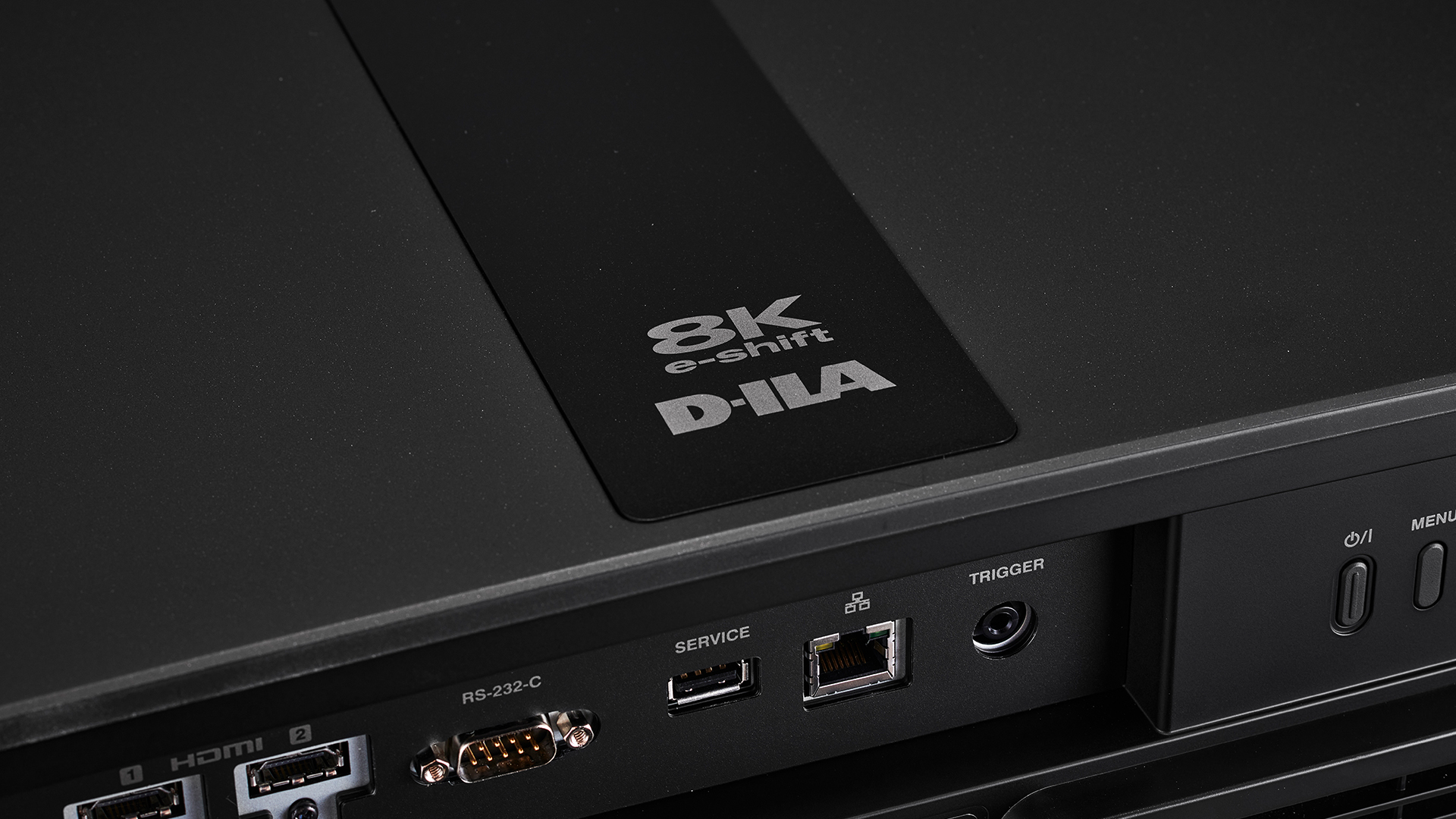
Here's where these two projectors really diverge, but first, some similarities: both feature crisp, sharp and well-defined pictures, primarily thanks to their native 4K resolutions. Watching films on either of these devices is a treat, with plenty of detail in environmental surfaces and skin textures alike. The Sony may just edge out the JVC, but the difference is negligible.
The big difference is to brightness, with the Sony's uniquely high claimed lumen count paying off with a stunningly bright picture and exceptional contrast. It's a showy yet disciplined image that bursts to life without looking unnatural. Bright parts of the image are cranked up without detracting from dark details and black depth. This is explicit in Blade Runner 2049, with the shadowy streets not looking blown out by the shining neon lights above, and in Dunkirk where raging fires from a bombed ship don't compromise the deep black of the night sky.
The Sony’s formidable lighting also contributes to a frankly stunning degree of depth to the image. The far-stretching waters of the English Channel in Dunkirk appear to stretch on endlessly, and more enclosed scenes, such as the one in which the Gotham Police Department surrounds the seedy Iceberg Lounge in The Batman, have immense depth and an almost three-dimensional effect.
This isn’t to say that the JVC has bad contrast and brightness, it still has a deep and considered image, but it takes a more toned-down and slightly subdued approach when compared with the Sony.
These differing approaches are also apparent in the way the projectors handle colours: the Sony tends to look punchier and more vivid, but by no means unnatural or overcooked. The JVC goes for a more understated approach that lets you sink into whatever you're watching with more balanced and believable colours. However, the bolder image of the Sony is breathtaking and feels even more cinematic at times, especially in more action-filled scenes and moments of grand spectacle.
**Winner** Sony VPL-WX7000ES
The JVC is a fantastically natural performer, but the Sony just edges it out with its even bolder, deeper and overall more captivating image.
Verdict
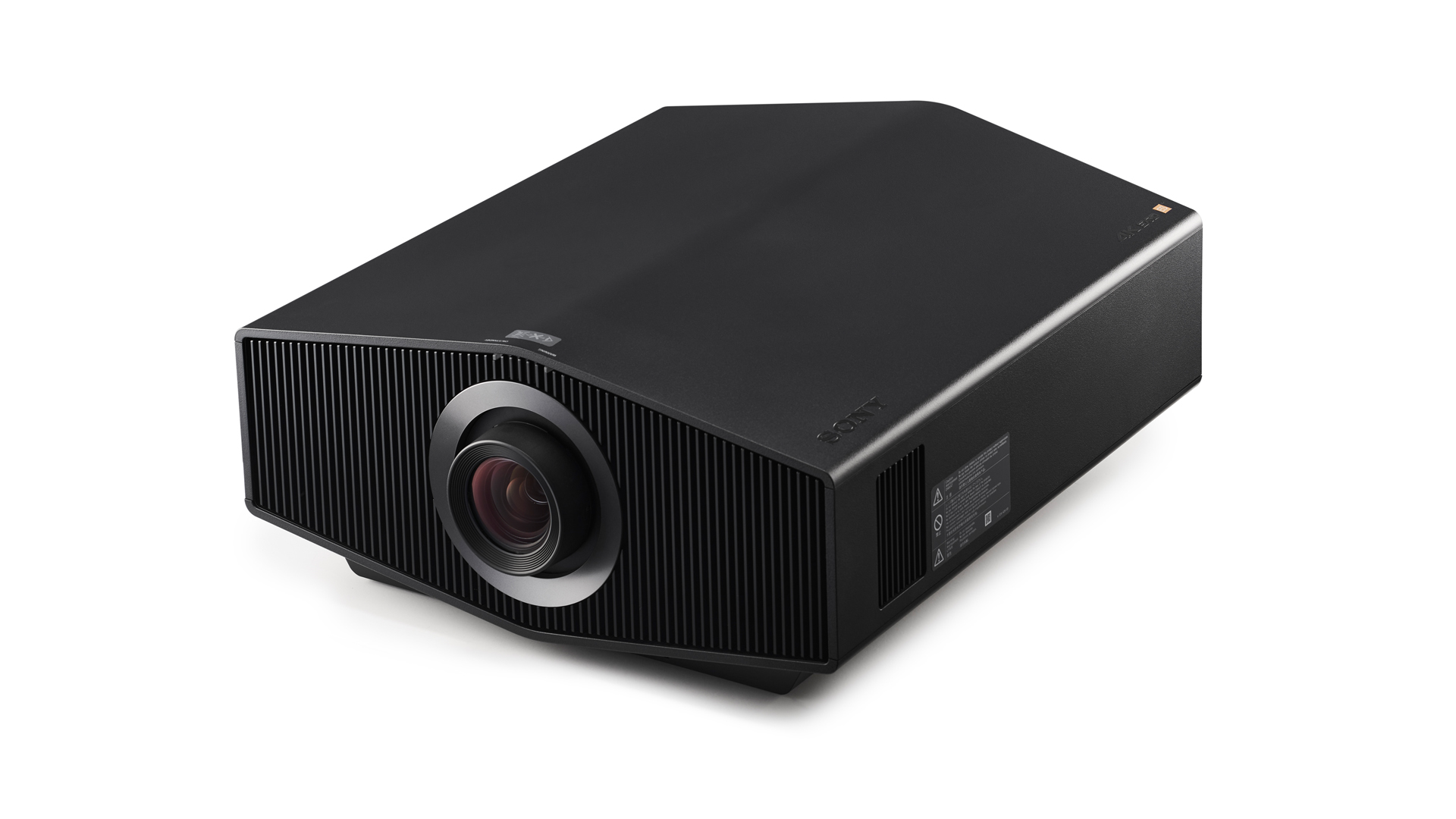
The Sony VPL-XW7000ES and JVC DLA-NZ7 are both cinematic champions, and despite how much of a cheesy cop-out it may sound, they’re both winners in their own rights.
The JVC is for those who want a more considered and understated image, and gamers will gravitate towards it for the more capable HDMI 2.1 connections. The Sony, though, offers a stunningly bold, deep and just all-around brilliant image, and it's the pick if you want to get a projector that's also a conversation piece.
During testing, the Sony garnered the more involuntary vocal reactions of “wow” and “look at that” from the reviews team, whereas the JVC made us forget we were actually supposed to be conducting a review as its movie performance is just so immersive.
Ultimately, the Sony is the projector that we consider to be outright best, and it's the one we recommend that UK buyers go for. If you're in the US or Australia, though, the huge price difference makes the JVC the projector to buy.
**Overall winner** It's complicated
While the Sony VPL-XW7000ES offers an even better picture than the JVC DLA-NZ7 and is the projector to buy in the UK, it's too expensive in the US and Australia, where buyers should go for the also-excellent JVC instead.
MORE:
Check out the full review of the Sony VPL-XW7000ES
And here's the full JVC DLA-NZ7 review
Here are best projectors available right now
A budget Sony alternative? Read our review of the Sony VPL-XW5000ES
What Hi-Fi?, founded in 1976, is the world's leading independent guide to buying and owning hi-fi and home entertainment products. Our comprehensive tests help you buy the very best for your money, with our advice sections giving you step-by-step information on how to get even more from your music and movies. Everything is tested by our dedicated team of in-house reviewers in our custom-built test rooms in London, Reading and Bath. Our coveted five-star rating and Awards are recognised all over the world as the ultimate seal of approval, so you can buy with absolute confidence.

